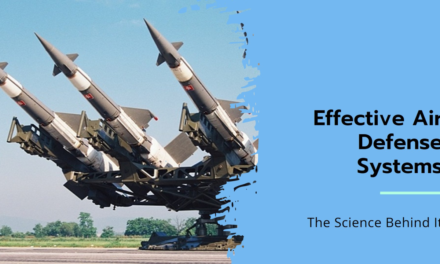Data analytics and predictive maintenance play a crucial role in improving aircraft reliability by leveraging real-time and historical data to anticipate issues, enhance efficiency, and reduce downtime. Here’s how they contribute to improved reliability:
1. Proactive Issue Detection
- Sensor Integration:
- Modern aircraft are equipped with thousands of sensors that continuously monitor systems such as engines, hydraulics, avionics, and environmental controls.
- Real-Time Monitoring:
- Data analytics processes this sensor data to identify patterns or anomalies indicative of potential failures.
- Example: Monitoring vibration or temperature trends in engines to detect wear or damage before it causes failure.
2. Predictive Maintenance
- Failure Prediction:
- Machine learning models analyze historical data to predict the remaining useful life (RUL) of components.
- Example: Predicting when a turbine blade might require replacement based on usage patterns and material wear rates.
- Condition-Based Maintenance (CBM):
- Replaces traditional scheduled maintenance with maintenance triggered by actual equipment conditions, optimizing resource usage.
- Downtime Reduction:
- Repairs are scheduled during non-operational hours, minimizing flight disruptions and cancellations.
3. Enhanced Reliability and Safety
- Avoiding In-Flight Failures:
- Predictive maintenance reduces the likelihood of in-flight mechanical issues by addressing problems early.
- Continuous Feedback Loops:
- Data from maintenance events feed into predictive algorithms, improving their accuracy and reliability over time.
4. Cost Savings
- Optimized Part Replacement:
- Replacing components only when necessary reduces waste and spare part inventory costs.
- Labor Efficiency:
- Predictive maintenance ensures technicians focus on critical tasks rather than routine inspections, reducing labor costs.
- Fuel Efficiency:
- Well-maintained aircraft operate more efficiently, consuming less fuel.
5. Improved Fleet Management
- Centralized Monitoring:
- Airlines use fleet-wide data analytics platforms to monitor the health of all aircraft simultaneously.
- Dynamic Scheduling:
- Maintenance schedules are dynamically adjusted based on operational demands and predictive insights.
6. Root Cause Analysis
- Data-Driven Insights:
- Analytics tools identify the root causes of recurring issues, enabling long-term solutions rather than temporary fixes.
- Warranty Claims:
- Accurate data helps airlines substantiate claims with manufacturers, reducing costs for defective components.
7. Examples of Technologies and Tools
- Digital Twins:
- Virtual replicas of aircraft systems simulate real-world conditions to test scenarios and predict outcomes.
- Big Data Platforms:
- Platforms like GE Aviation’s Predix and Rolls-Royce’s Blue Data Thread analyze vast amounts of engine and system data.
- IoT and Edge Computing:
- Internet of Things (IoT) devices capture and process data directly on aircraft, enabling faster responses to detected issues.
8. Compliance and Reporting
- Regulatory Requirements:
- Data analytics ensures compliance with aviation safety standards by maintaining detailed records of system health and maintenance activities.
- Audit Trails:
- Predictive maintenance systems create logs that demonstrate proactive measures taken to prevent failures.
9. Real-World Examples
- Airline Initiatives:
- Delta Air Lines uses predictive analytics to achieve near-zero flight cancellations due to maintenance issues.
- Engine Manufacturers:
- Rolls-Royce’s TotalCare program uses predictive maintenance to manage engine reliability and performance for its customers.
- Aircraft Health Management:
- Boeing’s Airplane Health Management (AHM) system provides airlines with real-time maintenance alerts.
10. Challenges and Future Trends
- Challenges:
- Data quality and integration from multiple sources can be complex.
- High initial costs for implementing predictive systems.
- Future Trends:
- Advancements in AI and machine learning will improve the accuracy and scope of predictions.
- Wider adoption of blockchain for secure, traceable maintenance records.
- Expansion into autonomous systems capable of self-diagnosing and initiating repairs.













